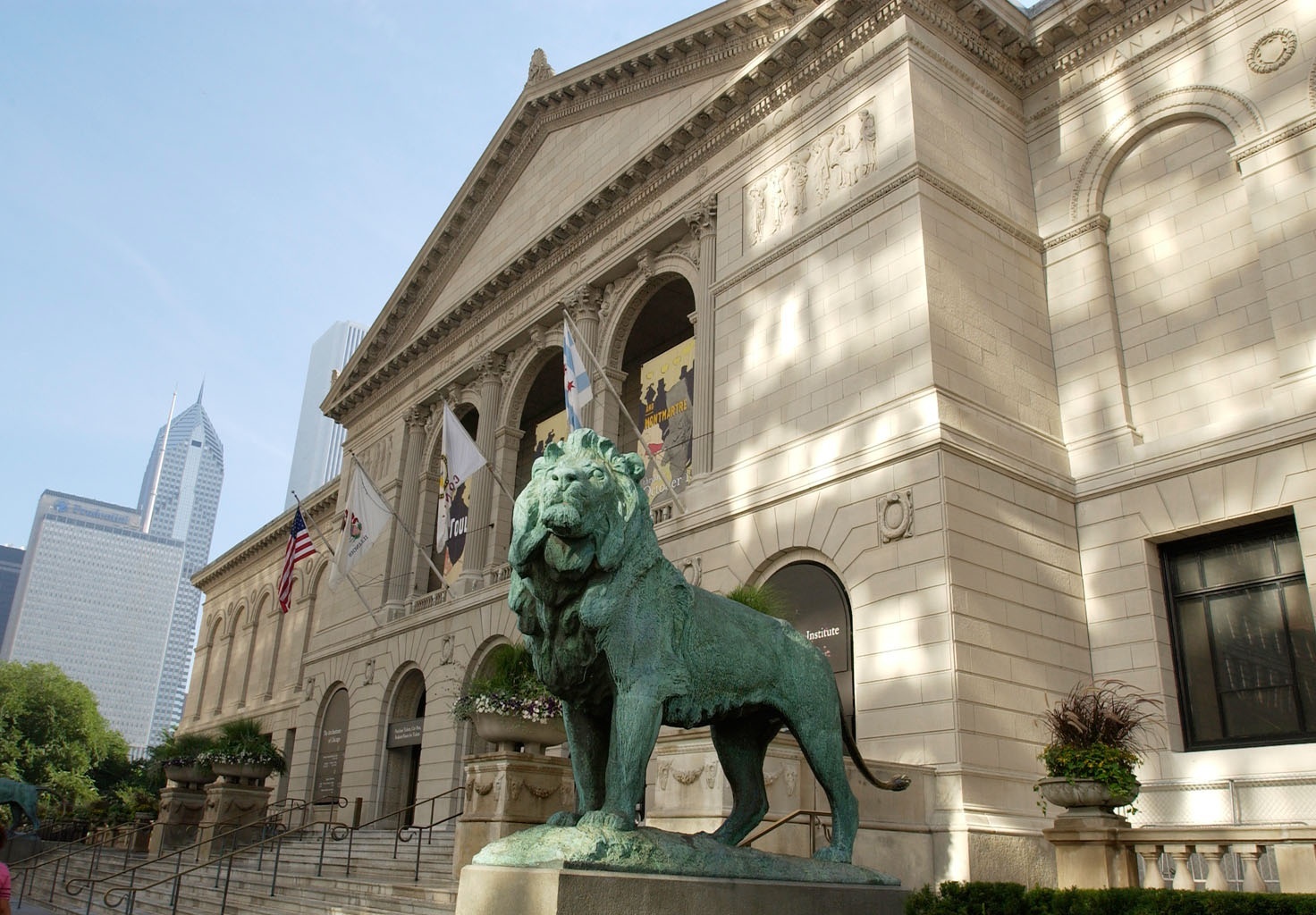- Aug 7 2016
Chicago, IL
In the last decade of his life, acclaimed painter Anthony van Dyck (1599–1641) began a printmaking project that would change the conventions of portraiture: the Iconography. This art history–changing series of over 100 portrait prints radically depicted artists on par with the most significant monarchs, diplomats, and scholars of the day. Presenting several etchings from the Iconography—on view for the first time in nearly 90 years—together with works by various artists from the 16th through the 20th century, this exhibition examines Van Dyck’s lasting influence on the evolution of the portrait print and its significance as a distinct genre.
Though already celebrated internationally for his work as a painter, Van Dyck contributed directly to the Iconography series, producing 15 etchings with his own hands. In many other cases, printmaking specialists and collaborators such as Lucas Vorsterman (1595–1675) and Paulus Pontius (1603–58) realized prints for the series based on Van Dyck’s drawn or painted designs. The Art Institute of Chicago is fortunate to own all of the etchings that Van Dyck made along with several prints from the series designed by the artist and produced by his hired printmakers. Despite the significance of these etchings to Van Dyck’s career and their importance to the history of portraiture—and indeed to the history of printmaking—these works have not been exhibited publicly at the Art Institute since they first entered the collection in 1929, and their impact on the broader field of the portrait print has not yet been fully examined.
Comprising approximately 140 works, including selected subjects from Van Dyck’s Iconography, this exhibition features prints from five centuries. The earliest works, by artists such as Albrecht Dürer (1471–1528) and Hendrick Goltzius (1558–1617), precede Van Dyck’s career, while portraits by Rembrandt van Rijn (1606–69) and Jan Lievens (1607–74), artists who followed Van Dyck, demonstrate his immediate influence. Continuing to follow Van Dyck’s impact on the genre are works by artists such as Francisco de Goya (1746–1828), Edgar Degas (1834–1917), Käthe Kollwitz (1867–1945), and Chuck Close (born 1940). Adding to the presentation is a gallery that explores the political role of the portrait print as well as one devoted to portraits created in various media during the 17th century—drawings, painted miniatures, wax and marble sculptures, and paintings of an intimate scale—all highlighting the unique qualities of the portrait print.
Credit: Exhibition overview from museum website
Whether you go or not, the exhibition catalog Van Dyck, Rembrandt, and the Portrait Print, illustrates approximately 60 works by Van Dyck and other artists from his era—particularly Rembrandt. The catalogue traces the artist’s influence over hundreds of years, showcasing both 17th century portraits in a variety of media and portrait prints by a wide range of artists spanning the 16th through the 20th centuries—including Albrecht Dürer, Hendrick Goltzius, Francisco de Goya, Edgar Degas, and Jim Dine. The book demonstrates the indelible mark that Van Dyck left on the genre.
Exhibition Venues & Dates
- Aug 7 2016
Chicago, IL

